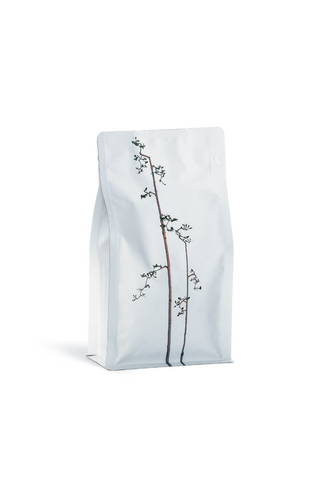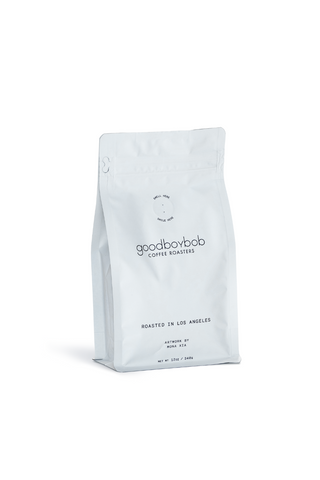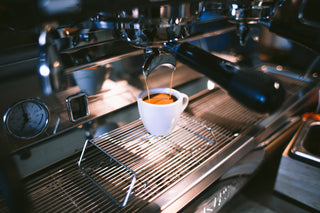
What's in a name?
In the world of coffee, there exists a group of individuals who are not just coffee aficionados, but also artists and scientists. They are the craftsmen who understand the nuances of the humble coffee bean. They create wellsprings of flavors from very few ingredients, oftentimes as few as two. They are the faces of your local cafés and mentors to the coffee curious. They are the baristas.
Table of Contents
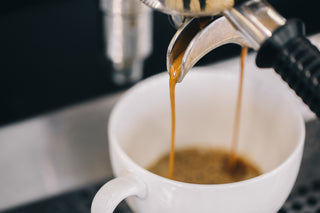
The simple definition
The term “barista,” derived from the Italian word for bartender, describes someone adept in the art of preparing and serving coffee based drinks. In the United States, a barista is often referred to as a “coffee artist.” They predominantly serve specialty coffee drinks in coffee shops and cafés. Many times, their duties at cafés move beyond crafting brews and into serving food.
Sounds simple? It isn’t. Being a barista entails not only making a good cup of coffee, but the knowledge behind what makes a good cup of coffee.
This means knowing the difference between a flat-white and macchiato, and the differences between an Arabica from Kenya and a Robusta from Brazil.
This means an extensive understanding of coffee origins and processing techniques.
This means having the ability to clearly explain whether to choose an Americano or a pour over when both options are available.

Machine operators
Espresso machines are an integral fixture at coffee shops, specialty or otherwise. Operating and maintaining espresso machines make up a good chunk of the barista’s day. Baristas know how to work with pumps, group heads, and steamers. They know how to clean dip trays, check pressure gauges, and adjust control panel settings.
Commercial grade grinders are another machine baristas must know inside and out.
A proper grind size ensures a consistent flavor profile for every cup. As coffee shops employ a variety of brewing methods that require different grind sizes, baristas continuously adjust the grinder throughout their shift. They even take into account variables, such as atmospheric temperature and roast date, when calibrating grinders.

Got milk?
Want to know what else fills up a chunk of a barista's day? Protecting customers from the sensations that come from scalding milk.
Baristas understand that milk plays a crucial role in the flavor of coffee drinks, sometimes even more so than the espresso itself. They know the precise temperature at which milk should be steamed and frothed. They're well-versed in which type of milk is best suited for lattes, cappuccinos, flat whites, macchiatos, café au laits, mochas, and breves. Moreover, they recognize that every customer is unique, and tailor their approach to meet each individual's preferences.
And those beautiful designs floating atop your favorite espresso and milk based bevy? All made by the barista. Creating latte art is yet another part of a skilled barista’s day.
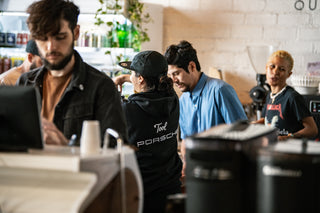
Patience of a saint
In addition to the skills already mentioned, a good barista must possess excellent customer service skills. Baristas interact directly with guests all day long, providing recommendations, taking orders, and even engaging in small talk. They articulate the intricacies of coffee to customers who are still exploring their preferences. All of these services are provided in a friendly and professional manner, enhancing the customer's coffee experience.
To put a lid on things...
Being a barista is not just a job; it's a craft that demands an insane amount of knowledge, a versatile skill set, and a genuine passion for coffee. It's about creating a memorable experience for customers and sharing the love of coffee. So the next time you visit a café, thank the baristas who make perfect cups of coffee every time; it doesn’t happen by luck.





